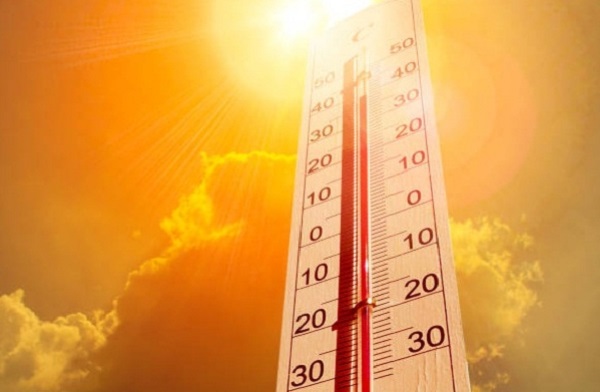New Delhi, (Samajweekly) While heat waves in March are not a very rare event, these are normally restricted to central parts of India while this year, it was the northwest India, right up to the foothills of the Himalayas, that also experienced the phenomenon.
Maximum temperatures above normal over many parts of west central and northwest India were prevalent for several days leading to two heat waves in March; the first spell being from March 11 to 21 and the second spell that started on March 26 and is still continuing.
Maximum frequency of heat waves occurs most in the month of May and just before the onset of monsoon, i.e., beginning of June. But data shows that March also experiences heat waves.
“Usually heat waveAoccur in March in the central part of the country – Gujarat, Telangana, southern Maharashtra, southern parts of Madhya Pradesh, Chhattisgarh. But this time, we saw severe conditions even in areas such as southern Jammu & Kashmir, Himachal Pradesh, Uttarakhand. Even when it was not a heat wave condition in many places, the departure from normal was quite high,” said India Meteorological Department (IMD) Director General, Meteorology, Mrutyunjay Mohapatra.
“Above normal maximum temperature over the many regions of Central and northwest India were correctly predicted and below normal maximum temperature over many parts of south peninsula were also correctly predicted. However, above normal maximum temperature observed over north India and northeast India could not be correctly predicted,” Mohapatra admitted.
Explaining the phenomenon, he said that the role of high-pressure cells over lower and middle troposphere that helps in subsidence of air to move downwards led to heat waves. “The winds were blowing from south Pakistan to south Gujarat towards northwest India, including Haryana and Delhi. So, there was a transfer of heat from this area to the northern parts and that led to the increase in temperature of the foothills of the Himalayas and Haryana and Delhi too. Rainfall activity was significantly less in the country and there were no western disturbances this time, as a result, northerly cold winds could not come and southerly winds were prevailing from south Gujarat, south Pakistan towards northern parts,” Mohapatra said.
Quantifying the “significantly less rainfall activity,” the IMD data showed that the country as a whole received minus 72 per cent deficit rainfall.
Northwest India received minus 89 per cent departure, east and northeast India had minus 59 per cent departure, Central India showed minus 86 per cent departure while the south peninsula had minus 13 per cent departure.










